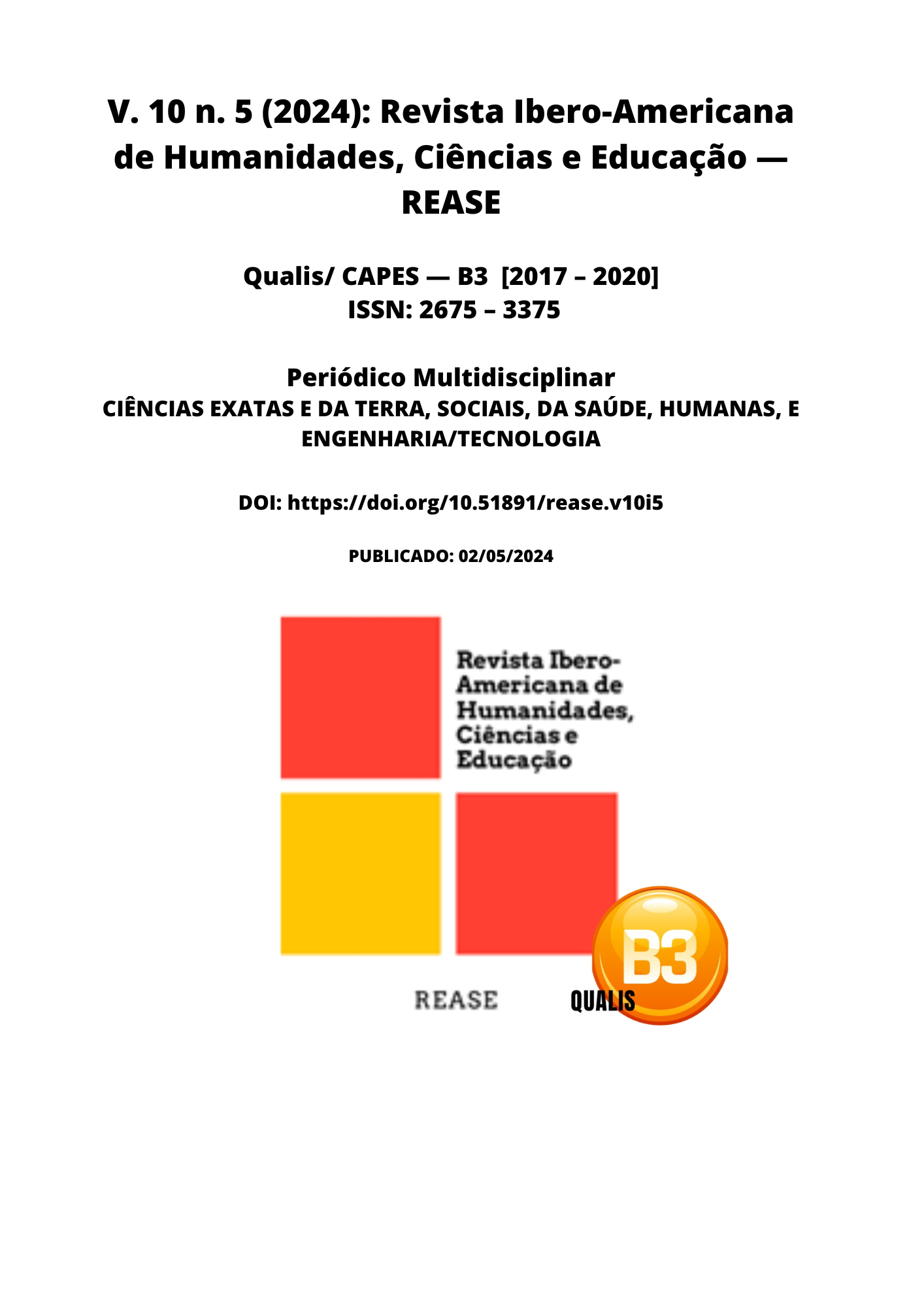THE USE OF SGLT-2 INHIBITORS IN THE TREATMENT OF HEART FAILURE: A MINI-REVIEW OF AVAILABLE EVIDENCE
DOI:
https://doi.org/10.51891/rease.v10i5.13819Keywords:
Sodium-Glucose Transporter 2 Inhibitors. Heart Failure. Cardiology.Abstract
Sodium-glucose co-transporter 2 (SGLT-2) inhibitors, initially known for their antihyperglycemic benefit, have been recognized in in the past few years as a pivotal therapy for heart failure (HF) across the ejection fraction spectrum of the left ventricle (LVEF). In 2015, the therapeutic effect of SGLT-2 inhibitors on HF was initially highlighted in the article published about a randomized clinical trial of cardiovascular results for empagliflozin in the treatment of type 2 diabetes mellitus (T2DM). After that, several landmark clinical trials in HF were carried out, regardless of diabetes status, which confirmed the effectiveness of SGLT-2 inhibitors in the treatment of HF. Initially, the first studies evaluated patients with heart failure with reduced ejection fraction (HFrEF), with LVEF of 40% or less. In them, they identified a reduction in cardiovascular death and hospitalization due to worsening HF with the use of SGLT-2 inhibitors. As randomized trials of SGLT-2 inhibitors demonstrated a robust improvement in HFrEF, they raised the question about the effectiveness of these medications also in treating patients with heart failure with preserved ejection fraction (HFpEF). As a result, some trials were carried out in this population and they showed a reduction in hospitalizations and visits to emergency services and demonstrated an improvement in the quality of life of these patients. After many randomized clinical trials and meta-analyses, the European Society of Cardiology (ESC) 2023 HF guideline brought SGLT-2 inhibitors (dapaglifozin and empaglifozin) as a recommendation for patients with HF with mid-range ejection fraction (HFmrEF) and HFpEF to reduce the risk of hospitalization for HF or cardiovascular death. Therefore, it is relevant to study the use of SGLT2 inhibitors in HF, regardless of the presence of diabetes and in all spectrums of LVEF, aiming to design effective therapeutic strategies for patients.
Downloads
Downloads
Published
How to Cite
Issue
Section
Categories
License
Atribuição CC BY

